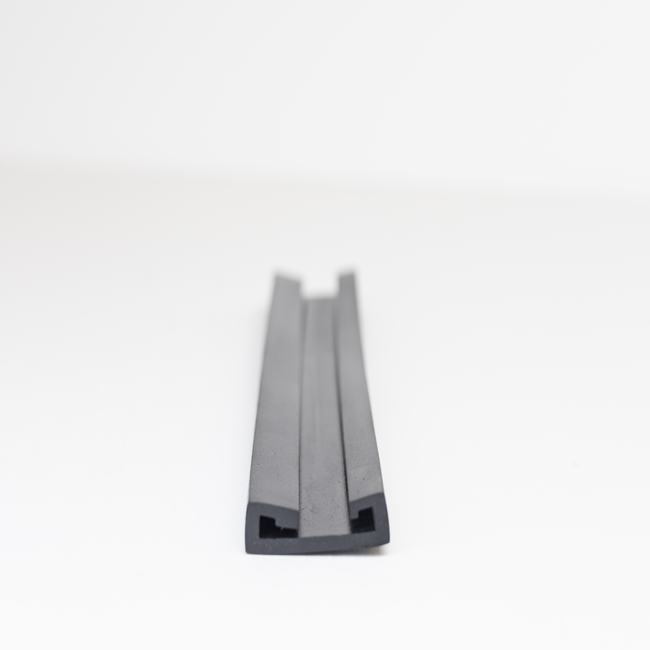GRP (Glass Reinforced Plastic) pipe seals and gaskets are essential components used in the installation and maintenance of GRP pipelines. GRP pipes are widely used in various industries due to their corrosion resistance, lightweight, and durability. Seals and gaskets for GRP pipes play a crucial role in ensuring the integrity and longevity of the pipeline system. Here, we’ll provide an overview of GRP pipe seals and gaskets:
1. Purpose and Function:
GRP pipe seals and gaskets are designed to provide a secure and watertight seal between pipe joints, connectors, and fittings in GRP pipelines. Their primary functions include:
- Preventing leakage of fluids (liquids or gases) transported within the pipeline.
- Isolating different sections of the pipeline to control flow or facilitate maintenance.
- Compensating for irregularities or variations in pipe dimensions and ensuring a snug fit.
- Minimizing the risk of contamination or infiltration from external sources.
2. Materials:
GRP pipe seals and gaskets are typically made from materials that are compatible with GRP pipes and the transported fluids. Common materials used for GRP pipe seals and gaskets include:
- EPDM (Ethylene Propylene Diene Monomer): EPDM is known for its excellent resistance to weathering, chemicals, and ozone, making it suitable for a wide range of applications.
- Nitrile Rubber (NBR): NBR is often chosen for its oil and fuel resistance, making it suitable for pipelines that transport hydrocarbons.
- Viton: Viton gaskets offer high-temperature resistance and chemical compatibility, making them ideal for demanding industrial applications.
- Silicone: Silicone seals are known for their flexibility, high-temperature resistance, and low compression set, making them suitable for food-grade applications.
3. Types of Seals and Gaskets:
There are various types of seals and gaskets designed for different applications in GRP pipelines, including:
- Flange gaskets: These gaskets are placed between pipe flanges to create a seal and secure the connection.
- Joint seals: Used to seal the joints between two sections of GRP pipes.
- Expansion joints: These provide flexibility to accommodate thermal expansion and contraction in the pipeline.
- Compression seals: Used to compensate for slight variations in pipe dimensions during installation.
- End caps and plugs: These are used to seal pipe ends or openings that are not currently in use.
4. Installation and Maintenance:
Proper installation of GRP pipe seals and gaskets is crucial to ensure their effectiveness. This includes cleaning and preparing the surfaces, applying lubricants or sealants as needed, and following manufacturer’s guidelines.
Regular inspection and maintenance of the seals and gaskets are also essential to identify and address wear, damage, or deterioration over time. Replacing seals and gaskets as part of a preventive maintenance program helps prevent unexpected leaks and ensures the pipeline’s reliability.
In conclusion, GRP pipe seals and gaskets are essential components in GRP pipeline systems, providing sealing solutions to prevent leaks, maintain integrity, and ensure the efficient transport of various fluids. Proper material selection, installation, and maintenance are key factors in the performance and longevity of these seals and gaskets.


